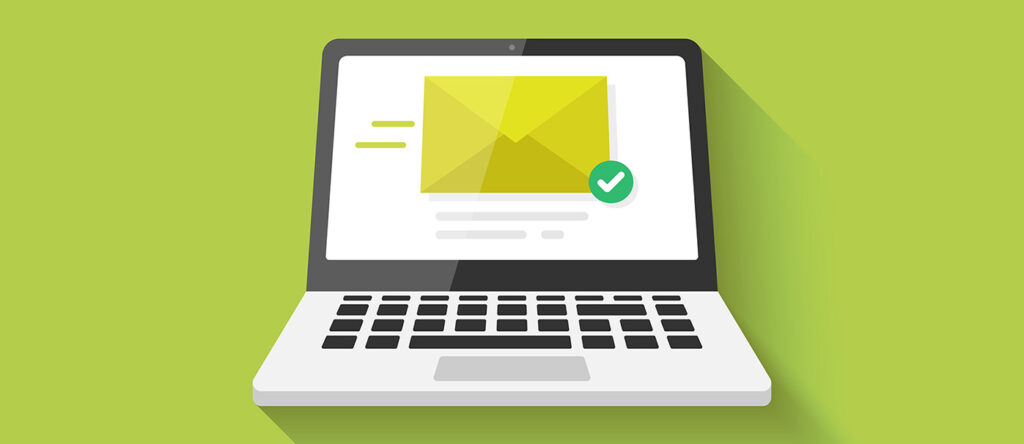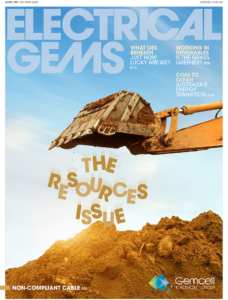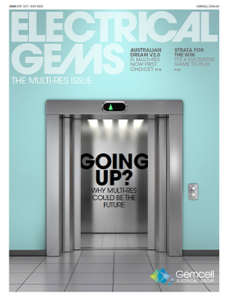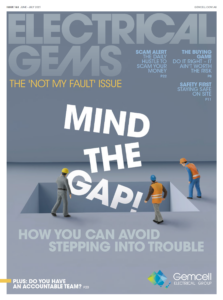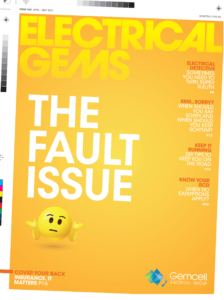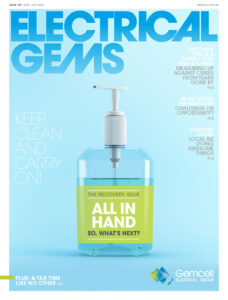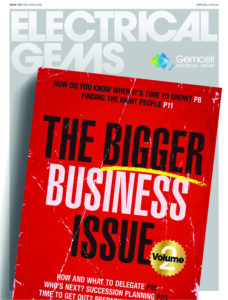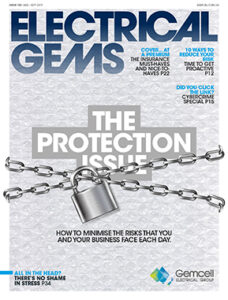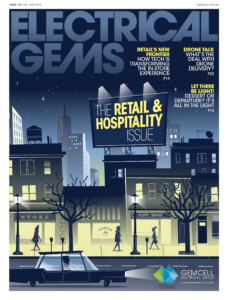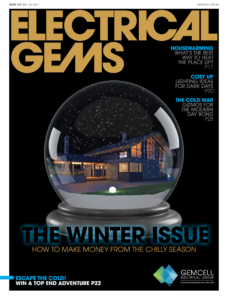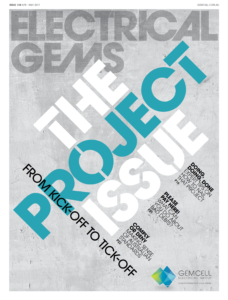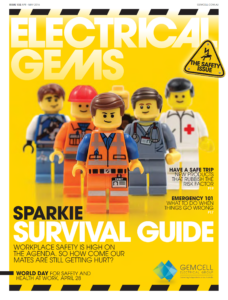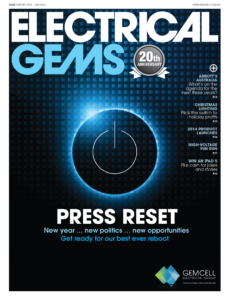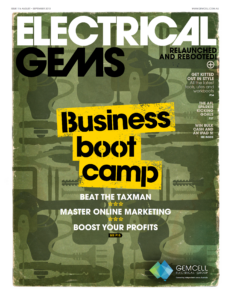Email has been around for so long now we’ve all got to grips with it haven’t we? Well, maybe not. It seems some of us need a bit of a refresher.
In this Article:
- Make sure to use a subject line
- Initial emails (at least) should be moderately formal
- Having your business name in your email goes a long way for how professional you look to others
- Emojis are A-OK
When emails first came onto the scene they were very much treated as an ‘electronic letter’. A proper salutation, a detailed message and a customary sign off were all standard.
Fast forward a couple of decades and email’s a strange hybrid – part letter, part instant message.
So, here are a few do’s and don’ts to improve your email comms.
DO: Use a specific subject line
When you’re sending emails it’s easy to forget to add a subject line, or worse, typing one in hurriedly at the last moment. Give the subject line due consideration – you need the recipient to know what’s coming.
DON’T: Be too casual
Email isn’t instant messaging, so don’t use it as such unless you’re seven messages into an email thread that could have been much more efficiently dealt with on the phone. Start the email properly, and sign off politely. Manners cost nothing. And neither does a well-structured email.
DO: Be mindful of your tone
You might not see anything wrong with the words you’ve written. That’s because you know your intentions. The poor person at the other end of the interweb doesn’t. And people apply their own interpretation to the tone of the email they receive.
Their problem? No, not really. If there’s a chance your email could be interpreted as moody, short or angry then reword it. Add some pleasantries. Unless you mean to come across as moody, short or angry. In that case, just hit send.
DON’T: Have a ‘funny’ email address
Hey, look. If you want to send personal emails from longdongsilver78@hotmail.com then knock your socks off. You’re being judged constantly by your ‘mates’ but that’s your business. But your professional address should be professional.
Business name at email platform will suffice, but get your own domain name if you can. It doesn’t cost much and it raises your professional levels.
DO: Acknowledge emails when they come through
If a customer drops you an email, give them a reply. Even if it’s a ‘thanks for the email, we’ll get back to you in a couple of weeks’.
It’s one of the most frustrating things to wonder what on earth is happening regarding the email you sent last week, and figuring it must have gotten lost in cyberspace.
DON’T: TYPE ALL IN CAPS
EVEN IF YOUR CAPS LOCK IS GENUINELY STUCK IT LOOKS ANGRY AND AGGRESSIVE, EVEN IF YOU DON’T MEAN FOR IT TO COME ACROSS THAT WAY. PINK UNICORNS AND FAIRY FLOSS. SEE. AGGRESSIVE.
DO: Use emojis
If you want to, of course… Used correctly (and sparingly) emojis can add some previously-lacking depth to your emails. Even in the workplace. Read on for more…
Should you use emojis in work emails?
Whereas once they may have been considered childish, unprofessional or indeed downright silly, emojis are increasingly acceptable in professional communications.
Indeed, the 2021 Global Emoji Trend Report (yes, really, stay with us) revealed that 66 per cent of people use emojis at work, and 71 per cent of global emoji users feel that using emojis at work positively impacts likeability and credibility.
The question is why.
The answer is context and nuance.
How many times have you received an email from someone and thought… jeez, they sound pissed off? Or… what the hell’s wrong with them?
And, often, that’s down to our own interpretation of what’s been written down as much as the lack of communication skills of the sender.
Many people sound unintentionally harsh or blunt on email – and that’s on them to be more mindful of how they come across. But by adding an emoji here or there, the message can be given depth and nuance that just wasn’t there before.
It’s difficult to tell sometimes if someone is annoyed or being sarcastic. Genuinely angry or just being straight to the point?
An emoji can solve all of that.
And, with people spending less face-to-face time than we would have done previously, and increasingly working with remote teams, it’s critically important that we’re very clear in our communication with each other.
If an emoji here or there can help, then count us well and truly in! 😊


